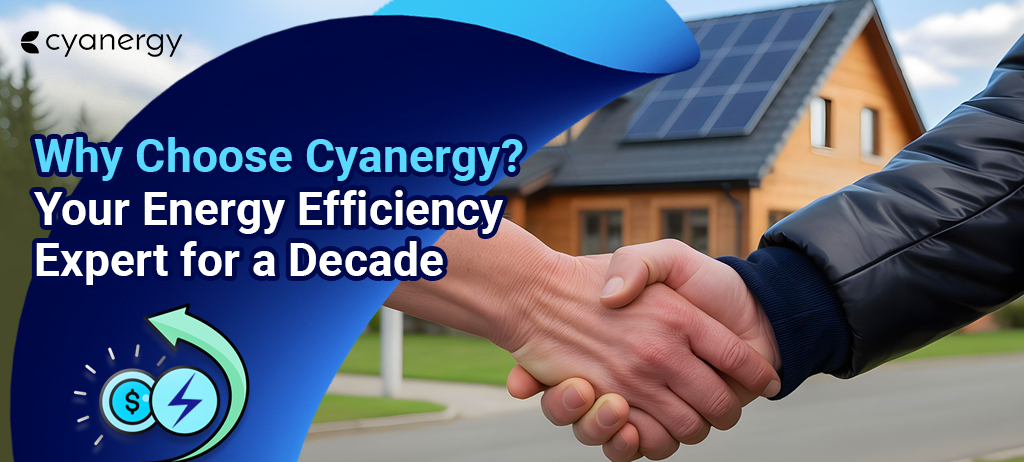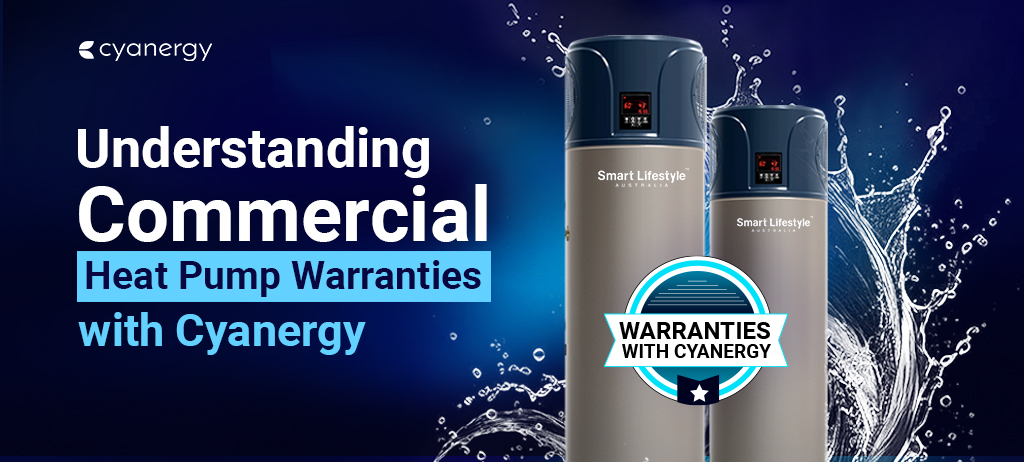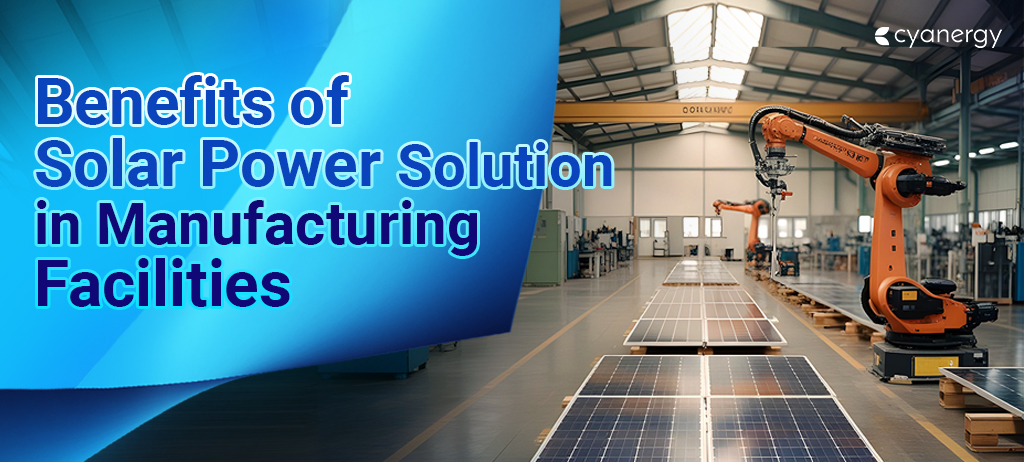The development of renewable energy technologies has sped up due to the world’s growing need for energy and the fight against climate change.
Solar-powered cooling systems in commercial buildings are a promising way to reduce greenhouse gas emissions and energy costs.
Solar-powered cooling systems can help remote areas by making them less reliant on electrical grids, improving energy efficiency, and boosting mobility. However, these systems still face challenges, such as maintenance, weather, and high initial costs.
This article will explore the benefits and challenges of solar-powered cooling and their current and future impact on the cooling industry.
Solar cooling systems use heat from the sun instead of electricity to power cooling or refrigeration systems. This technology primarily uses well-established common heating, ventilation, and air conditioning (HVAC) parts.
Combining these technologies into working systems is becoming popular in Australia. This is not surprising since Australia has plenty of sunlight and a high demand for air conditioning, making it an excellent fit for solar cooling.
What is Solar-Powered Air Conditioning? Solar Cooling 101
Solar cooling is a system that uses the sun’s heat to provide cooling for air conditioning and refrigeration. It works by collecting solar energy and using it to lower and control the temperature, like producing cold water or cooling the air in a building.
This cooling system uses solar panels to generate electricity for the air conditioning unit. There are two main types of solar-powered AC systems: hybrid and off-grid.
The process is similar to regular refrigeration, where a liquid refrigerant evaporates to absorb heat and cool the surrounding area.
The critical difference is that solar cooling uses heat from the sun instead of electricity. This is especially useful because the sun’s energy is most available when air conditioning is needed in summer.
Knowing the difference between solar cooling and solar air conditioning is also essential. Solar cooling lowers the temperature by removing heat, while solar air conditioning controls temperature and humidity to make a room comfortable.
There are different ways to achieve solar cooling, and three popular methods include:
- Absorption cycles
- Desiccant cycles
- Solar mechanical cycles
How Solar Cooling Works in Refrigerants and Air Conditioners

No matter which method is used, a solar cooling system generally has three main parts:
Solar collector: This could be a solar panel that collects energy from the sun and turns it into heat or mechanical work.
Cooling or refrigeration system: This is where the cooling happens, whether for air conditioning or refrigeration.
Heat sink: It collects the extra heat that’s not needed and releases it away from the system.
Solar cooling aims to use heat from an external source, like a solar panel, and combine it with a refrigerant (a substance that absorbs heat) to create pressure in a closed loop, which makes the cooling system work.
In most systems, the refrigerant changes between liquid and gas phases to achieve cooling. The process differs depending on the technique used, but here are the three main types:
Absorption Cycles
In absorption cooling, the system uses a refrigerant that evaporates and absorbs heat, cooling the surrounding area. Instead of a mechanical compressor, an absorbent dissolves the refrigerant to create the pressure needed for cooling.
The four critical components of this cycle are the absorber, generator, condenser, and evaporator. Here’s how it works:
- The absorber holds a mixture of absorbent and refrigerant, which moves to the generator.
- The generator heats this mixture using solar energy, turning water into a vapour that flows to the condenser.
- The condenser turns the vapour into a liquid while releasing heat, which the heat sink collects.
- The liquid refrigerant then goes to the evaporator, which evaporates at low pressure, absorbing heat from the cooled space and creating the cooling effect.
The cycle then repeats as the vaporised refrigerant returns to the absorber.
Desiccant Cooling Cycles
Desiccant cooling uses materials called desiccants that absorb moisture from the air. These materials are then regenerated (reused) by applying solar energy. The process works as follows:
- Desiccants absorb water vapour from the air in a dehumidification unit.
- The dry air is cooled further, and the used desiccant is sent to be regenerated by heating it using solar power, which removes the moisture.
- The regenerated desiccant then repeats the cycle.
Solar Mechanical Cycles
This method is different from the others because it combines solar power with traditional cooling systems. Instead of creating a new system, solar energy powers the engine that runs the entire cooling process.
This system uses solar energy to operate the cooling system rather than heating a refrigerant, as in absorption or desiccant cycles.
These are the three main techniques for solar cooling, each with its approach to using solar power for refrigeration and air conditioning.
Uses of Solar-Powered Cooling Systems

Solar cooling is mainly used for two purposes: keeping food cold and cooling indoor spaces, like air conditioning.
In some vehicles, like RVs and campers, solar cooling powers refrigerators, making it easier to store food while travelling.
It is also used in industries that need freezing temperatures for specific processes, such as in vapour absorption refrigeration systems, which are helpful for large-scale cooling in factories or industries where a lot of heat is involved.
One of the most essential uses of solar cooling is in countries that struggle to afford the high energy costs of traditional cooling systems.
Solar cooling can be a game changer in these places because it reduces the energy needed to cool essential items like vaccines and agricultural products.
This saves money and helps the environment by using renewable solar energy and reducing the use of harmful chemicals that damage the ozone layer.
By using solar cooling, these countries can ensure that essential items are kept at the right temperature without putting a heavy load on their electricity systems. This makes solar cooling an eco-friendly and cost-effective solution for domestic and industrial needs.
Pros of Solar-Powered Cooling Systems
Lower Energy Costs
Environmental Benefits
Using solar energy for your AC reduces your carbon footprint and greenhouse gas emissions since solar energy is clean and renewable.
Unlike fossil fuels, solar energy doesn’t release harmful pollutants or contribute to climate change. Switching to solar AC helps protect the environment.
Long Lifespan
Tax Credits and Incentives
Cons of Solar Cooling
High Initial Cost
Space Requirements
Solar-powered air conditioners also need a lot of space. Depending on the system, you’ll need enough roof or land area to install the solar panels, ranging from 10 to 100 square meters,
Additionally, you’ll need room for batteries and inverters, which may take up space in your home or yard.
Performance Variability
The performance of solar-powered ACs can vary depending on the weather, time of day, season, and the placement of your solar panels.
On cloudy or rainy days or at night, the system might not produce enough power, and you may need to rely on the grid or a generator to meet your cooling needs.
Switching to Commercial Solar In Australia? Boost Your Business Growth with Cyanergy

Switching to commercial solar power in Australia is a smart way to reduce business expenses and support growth.
Cyanergy can be your partner in every step of your commercial solar journey! We are just one click away. Just get a free solar quote.
With abundant sunlight and rising electricity costs, solar energy helps lower operating costs by generating power and cutting dependence on grid electricity.
Government incentives and rebates, such as the Small-scale Renewable Energy Scheme (SRES), also make solar more affordable by reducing installation costs.
Solar panels give businesses greater energy independence, shielding them from fluctuating energy prices and offering long-term stability.
Beyond cost savings, adopting solar enhances a business’s eco-friendly image, appealing to customers who prioritise sustainability. Solar systems also increase property value and require minimal maintenance, providing a reliable source of clean energy for decades.
By switching to solar, businesses can reduce their carbon footprint, meet sustainability goals, and take advantage of long-term energy savings, making it a wise investment for future growth.
Contact Cyanergy Today!







